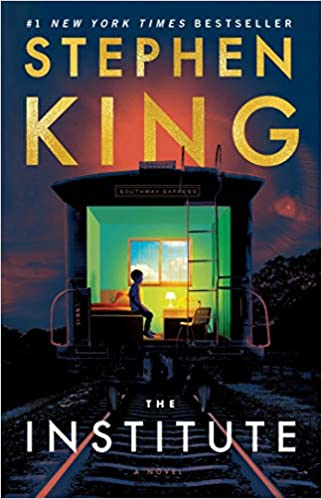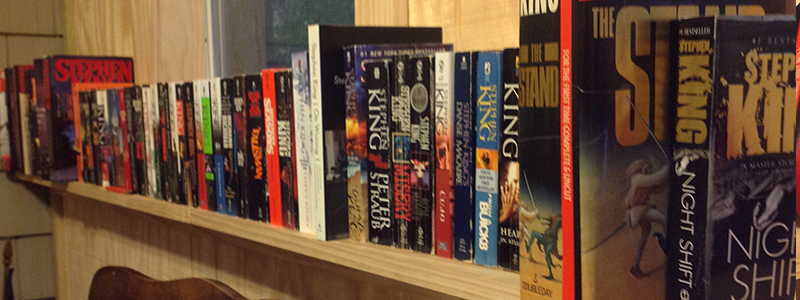The plan is to reread all of Stephen King’s works in the order that they were published. Richard Chizmar of Cemetery Dance had the vision. I’m doing it because I am a writer and I want to improve my fiction. And I love Stephen King’s stories. I think there is something to be learned through this process.
You can also go back to the beginning and read Before Carrie or any of my other posts up through this one and beyond by checking out this link to the Master List of all my #StephenKingRevisited posts.

I know a few people who didn’t care for The Institute released in 2019. I enjoyed it, but there were a few spots where I wondered why we were going on about certain things. Most of those things paid off eventually.
We follow a character who will be significant for the end of the story. It was probably good that we met him when we did so we’d be connected to him later. It was a little weird to follow him in such detail only to step away for so long. The opening of the book almost felt like a different story, but we get back around to it. There is a feel of The Talisman in this early wandering road trip.
Samson’s death in the book of Judges from the Bible is invoked more than once with the idea of bringing the temple down upon himself to destroy every evildoer inside along with the “institution” itself. The biblical admonition from the book of Matthew to not hurt children and the consequences of doing so is quoted. Then, we are given the stat of how many children go missing every year.
Adults being mean to kids in various ways and in increasing degrees throughout the novel was difficult to read in places. Absolutely necessary to the story, but tough for me to get through as it was obviously meant to be. Conversely, a moment where an adult, a minor character, chooses to believe a kid and essentially do the wrong thing to help him is bright and beautiful in contrast to all the other darkness.
“Great events turn on small hinges,” is a great line and is an important theme in this story.
There is a great bit where Stephen King paints a picture of a quintessential Southern sheriff and then turns that character picture on its ear with one key detail. Masterful work.
King uses so many South Carolina details in stories now. I wonder what captured his attention about the place over the last decade.
A character reads John Grisham and Martin’s Song of Fire and Ice, but isn’t interested in the TV show.
King and multiple characters of his uses the term “front porch” for an older man’s belly.
King addresses the loss of Russ Door, his long-time researcher who added important touches of information for King to use in his works. Dorr was important to key elements of The Stand, Dead Zone, Cujo, and so much more. Many of my favorite details in King stories have Dorr’s fingerprints on them.
My next post in this series will be Before If It Bleeds which will be linked on the Master List of all my Stephen King Revisited posts.





